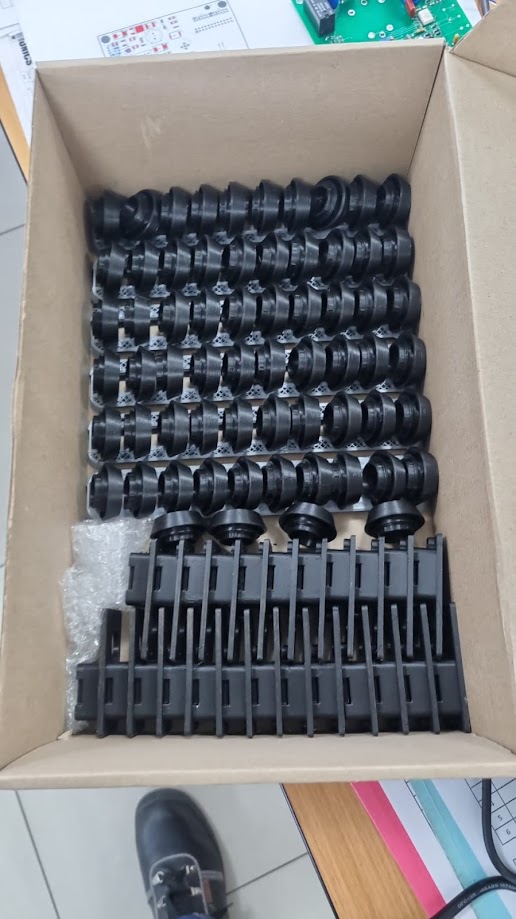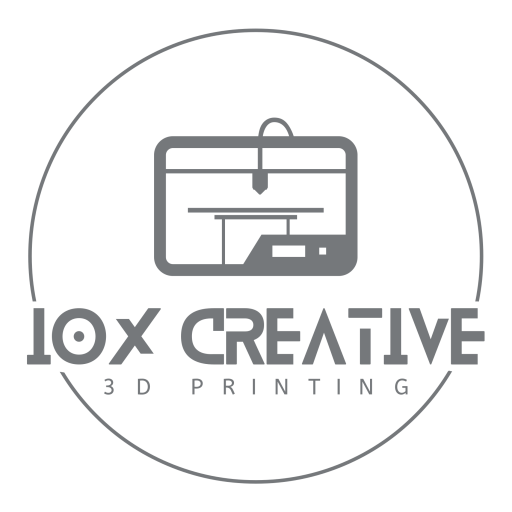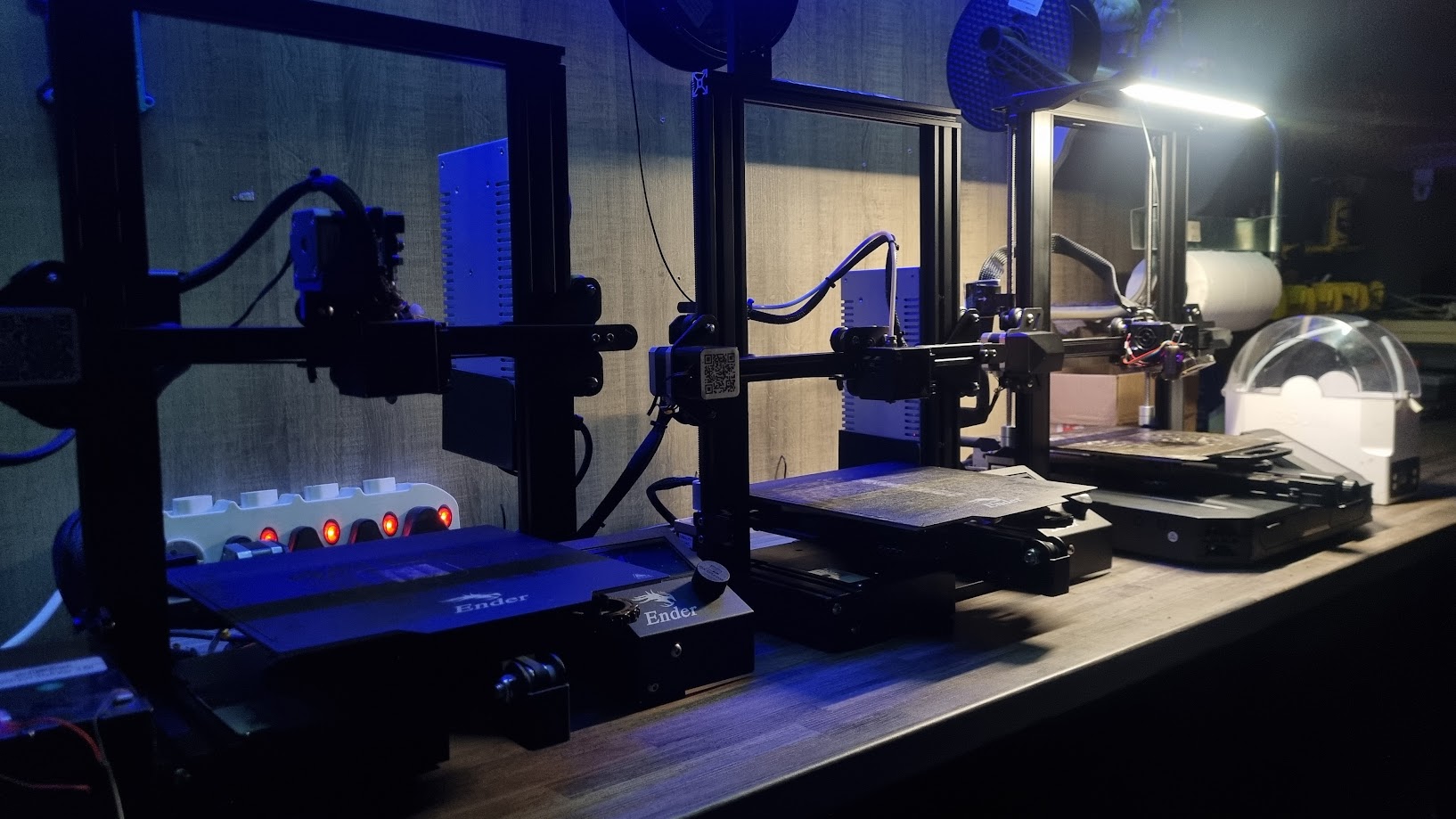
Large Scale Production and mass manufacturing parts
Large-scale 3D printing production has emerged as a game-changing technology with immense benefits across various industries. Unlike traditional manufacturing methods, which often require costly tooling and time-consuming processes, large-scale 3D printing offers a host of advantages that revolutionize the way we design, create, and distribute products. In this introduction, we will explore the numerous benefits of large-scale 3D printing production and how it is reshaping manufacturing landscapes worldwide.
Faster Prototyping and Iteration:
Large-scale 3D printing allows for rapid prototyping of complex designs and functional parts. Engineers and designers can quickly visualize their concepts in physical form, significantly reducing development cycles. The ability to iterate designs on the fly accelerates the innovation process, enabling companies to bring products to market faster and more efficiently.
Cost-Effectiveness:
In conventional manufacturing, setting up production lines and tooling can be prohibitively expensive, especially for small production runs. Large-scale 3D printing eliminates much of the initial tooling costs, making it an economical choice for short to medium production runs. The cost per unit remains relatively constant, regardless of the complexity of the design, making it more financially viable for custom and one-off productions.
Design Freedom and Complexity:
One of the most notable advantages of large-scale 3D printing is the unparalleled design freedom it offers. With traditional manufacturing techniques, certain geometries are challenging or even impossible to create. 3D printing, however, enables the fabrication of intricate, lightweight, and unconventional shapes that are otherwise unattainable. This opens up new possibilities for cutting-edge product designs and architecture.
Material Efficiency and Sustainability:
Large-scale 3D printing optimizes material usage, reducing waste and promoting sustainability. By adding material layer by layer only where needed, 3D printing minimizes excess materials, thus lowering the overall environmental impact. Additionally, the adoption of bio-based or recycled materials further supports eco-friendly production practices.
On-Demand Manufacturing and Supply Chain Benefits:
The concept of on-demand manufacturing is revolutionizing supply chain management. Large-scale 3D printing enables companies to produce parts and products as needed, reducing inventory storage costs and eliminating the risk of obsolete stock. This agile approach to manufacturing enhances flexibility and responsiveness, especially for industries requiring spare parts or customized components.
Enhanced Customization and Personalization:
In the age of personalization, large-scale 3D printing allows businesses to cater to individual customer needs efficiently. Whether it’s customized consumer goods, medical implants tailored to a patient’s anatomy, or personalized automotive parts, 3D printing empowers businesses to deliver unique products that match specific requirements.
Accessibility and Decentralization of Production:
Large-scale 3D printing offers a decentralized approach to production. By distributing 3D printers closer to end-users or even on-site, companies can reduce transportation costs and shorten delivery times. This shift from mass production to local production brings manufacturing closer to consumers, fostering local economies and reducing the carbon footprint associated with long-distance shipping.
Conclusion:
In conclusion, large-scale 3D printing production is a transformative force in modern manufacturing, presenting numerous benefits that extend beyond traditional methods. From accelerating prototyping and reducing costs to enabling unparalleled design freedom and promoting sustainability, 3D printing opens up a world of possibilities for industries seeking efficient, customized, and environmentally conscious production solutions. As the technology continues to advance, we can expect to witness even greater integration of large-scale 3D printing across a diverse range of sectors, reshaping the way we create and interact with products in the future.

